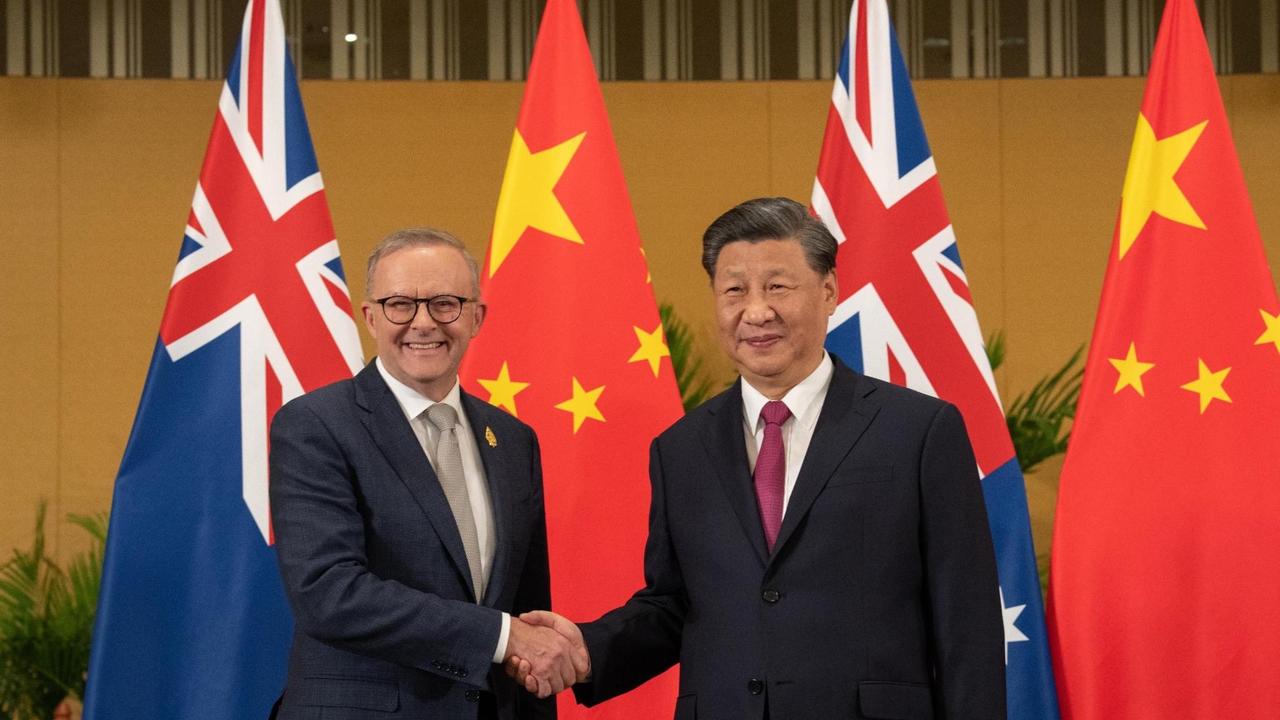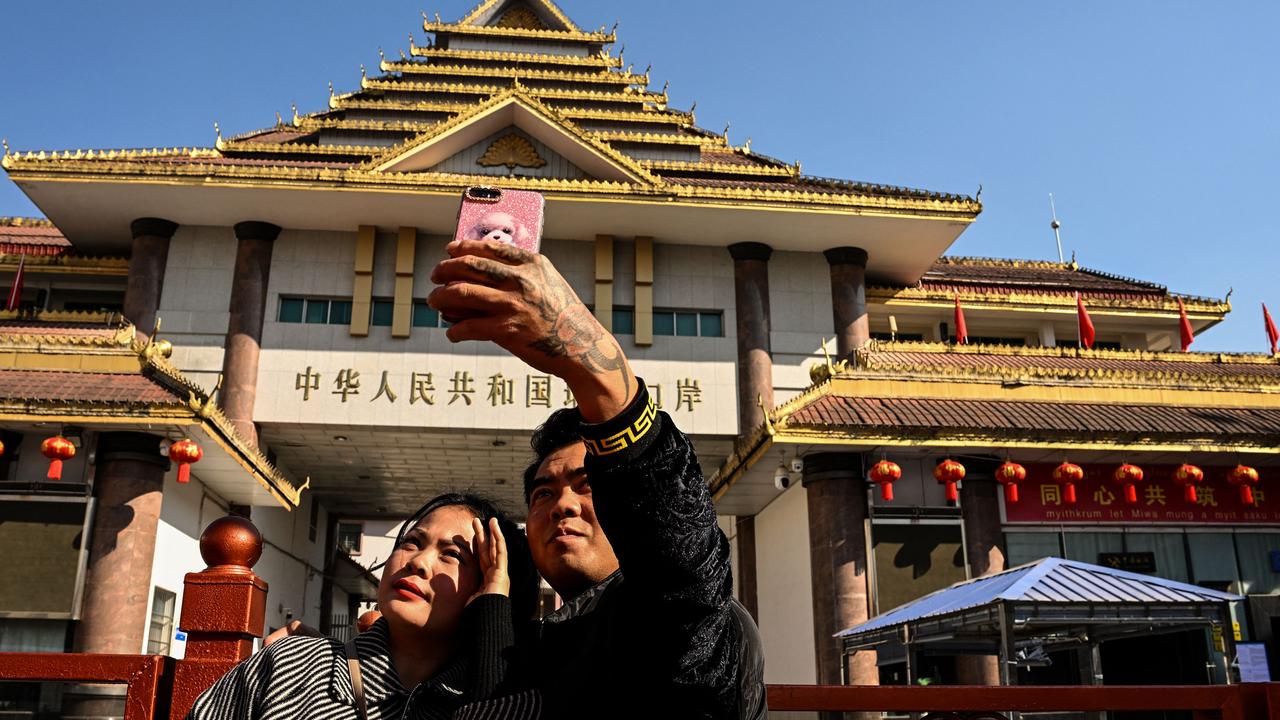Around the corridors of the World Economic Forum in Davos, Chinese delegates and a number of global institutions are alerting markets that the 2023 Chinese consumer resurgence will be massive.
But on Wall Street the Chinese message was swamped by better-than-expected US producer price figures which indicate inflation is easing in the wake of the US slowdown.
In shrugging off the impact of a Chinese consumer resurgence, global markets instead focused on the Chinese 2022 growth at just 3 per cent or around half the 2021 level. And the Chinese population in 2022 actually fell for the first time in decades which is a fore runner of an ageing Chinese population – which is in danger of creating a Japanese style quagmire. But that’s the future.

And the Chinese stimulation is being further boosted by substantial injections of money to speed up the construction of unfinished apartments and sort out the China property mess.
It’s a powerful combination which China can allow to continue because it does not have an inflation problem.
The current market action involves a frenzy of US bond buying, sending the 10-year bond below 3.4 per cent.
In recent times lower interest rates have boosted shares but, in this bond rally, the likely corresponding slowdown in earnings sent shares down.
The looming China boom is not registering on the US radars partly because its size is speculative.
Australians should be alerted that the China boom is likely to be the surprise event of 2023.
It will have global inflationary implications but the economic boosts it will create will enable many countries, including Australia, to avoid a recession.
But that may alter the outlook for interest rates.
Chinese consumer spending last year fell around 15 per cent below trend, which would indicate that the Chinese have at least $US900bn in spare savings to spend – and it could be a lot more.
One of the biggest areas of reversal will be world oil consumption which is currently where China demand is about 20 per cent below normal levels mainly because of reduced air travel.
The rise in Chinese demand may mean higher oil and gas prices which would make it hard to reduce inflation and interest rates.
Let me set out some of the other implications for Australia and the world.
The largest transformation will probably involve the return of Chinese tourism. While countries like Thailand and Japan will gain the biggest boost Australia will get its share, which will transform a large number of struggling enterprises if they can gain the staff to manage the influx.
That transforms the aviation market where China accounts for around 17 per cent and is currently down substantially on pre-Covid levels. Alan Joyce at Qantas will be beaming in 2023.
The Australian dollar has been rising against the US dollar and the likely boost to oil and gas prices, plus strong demand for other Australian exports, could cause our currency to rise further. Predicting currencies is high risk, but those importing should seriously consider hedging their currency position.
Chinese tourists to Australia will almost certainly buy luxury goods given their cash position – great for up-market retailers.
Conversely, if the embargoes are lifted, Chinese demand for our top-quality wines and lobsters will be very strong.
Universities also need to begin working harder to attract Chinese students and that process will be helped if we make visas easier.
Those in the mortgage belt, however, face the danger of interest rates staying higher for longer.

